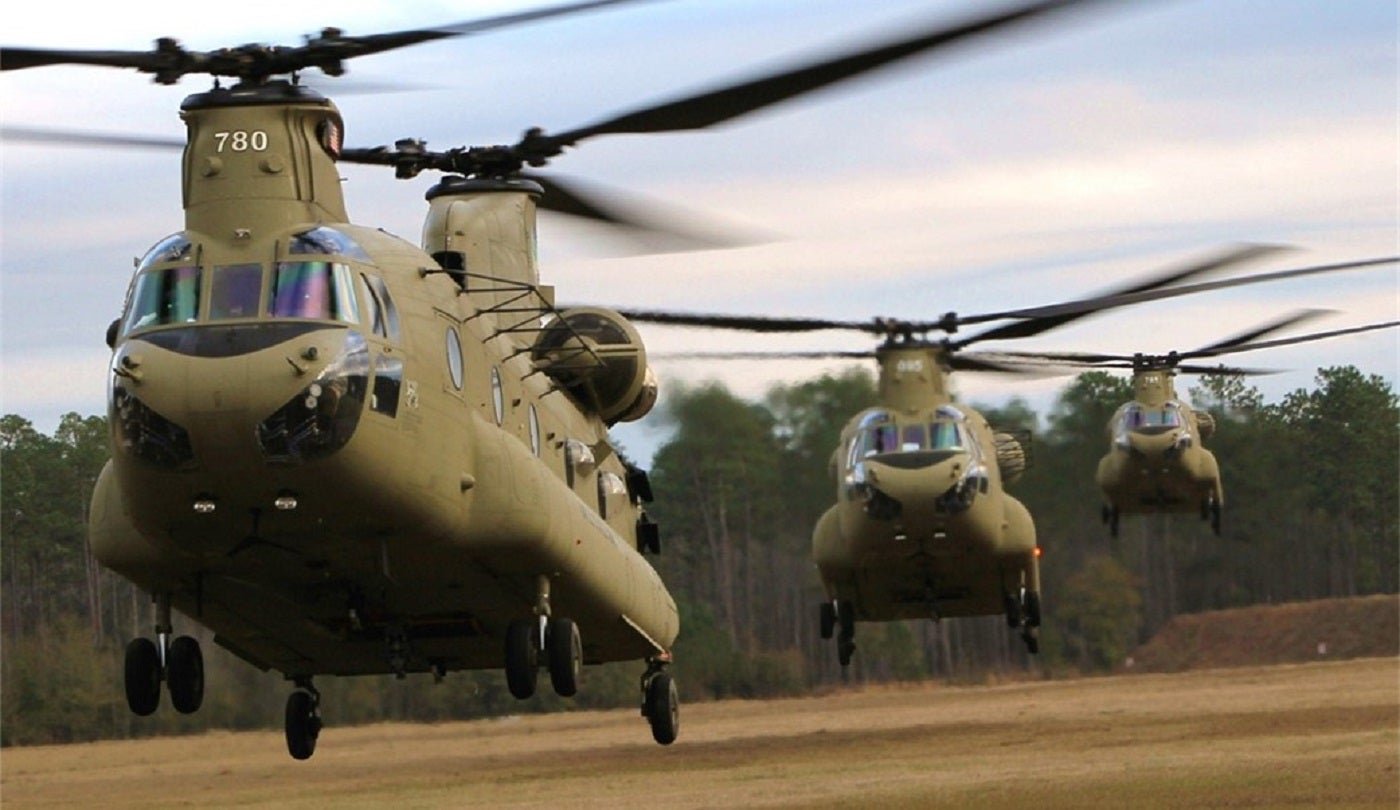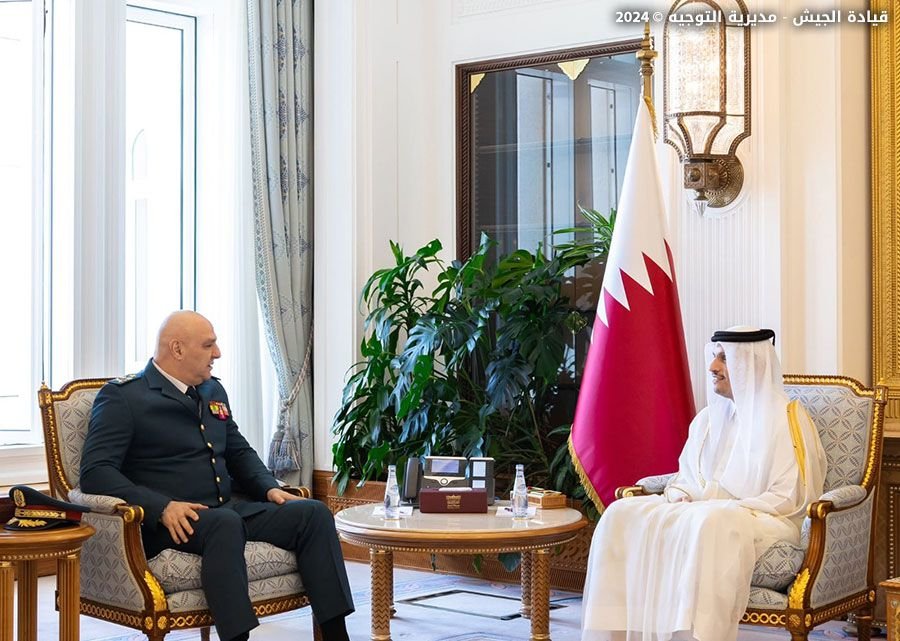Share prices in US defence companies have underperformed massively when compared to European counterparts, fuelled by widespread uncertainty over the government budget – and potentially inaccurate assessments of European defence spending.
Demand, revenues and stocks in the global defence industry have risen significantly in the past year due to ongoing conflicts in Ukraine and the Middle East, but US defence company shares have inversely decreased.
In the past year, Lockheed Martin shares have decreased by 10%, while RTX (formerly Raytheon) lost 9%.

Over the same period, Italy’s Leonardo and Germany’s Rheinmetall saw shares rise by 91% and 78% respectively.
This is predominantly due to “uncertainty regarding the US budget”, says Daniel Jones, GlobalData’s head of defence analysis.
Access the most comprehensive Company Profiles
on the market, powered by GlobalData. Save hours of research. Gain competitive edge.

Company Profile – free
sample
Your download email will arrive shortly
We are confident about the
unique
quality of our Company Profiles. However, we want you to make the most
beneficial
decision for your business, so we offer a free sample that you can download by
submitting the below form
By GlobalData
The Pentagon’s military spending is currently frozen at last year’s levels because Congress has not yet passed a 2024 budget amid legislative deadlock in Washington. Lawmakers have until 24 March to agree on a budget.
The US Department of Defence (DoD) has urged Congress to pass its 2024 base budget, as it is reportedly due to submit its budget for 2025 this week.
“We still do not have an FY24 budget … and the department will be getting ready to submit our FY25 budget,” Deputy Pentagon Press Secretary Sabrina Singh said at a press conference last month. “The one thing we cannot buy back is time, and we are losing critical time under a [continuing resolution] that we need to be spending modernising our military to meet the pacing challenge.”
Europe “not putting money where their mouth is”
While there is a strong industrial-military complex in Europe’s defence industry, US manufacturers are heavily reliant on US government contracts.
US budget delays will have been felt heavily by Northrop Grumman, with 86% of revenues coming from the government, and Lockheed Martin, as nearly three-quarters of its 2023 sales came from the Pentagon.
Jones also points to inaccuracies in the valuations of European company shares.
“Markets didn’t fully price in European defence spending increases,” he tells Army Technology. “Frankly, aspirations of increased spend take longer coming to fruition than in the US – Europe has had an historic habit of saying they’ll spend more without actually putting their money where their mouth is.”
This issue has been laid bare by recent disputes between former US President Trump and Nato over the alliance’s commitment to spend 2% of GDP on defence.
Days after Trump encouraged Russia to attack Nato members who do not stick to the commitment, Secretary-General Jens Stoltenberg announced that European allies had collectively met this target for the first time in 2024.
A spokesperson at Leonardo also says the company’s 91% rise in shares was due to “Nato’s demand that defence budgets have to be raised to 2% of annual GDP” in response to Russia’s invasion of Ukraine.
“Geopolitical unrest and, consequently, the conflict between Israel and Hamas has also influenced share price performances in the sector,” they tell Army Technology. “The Israel-Hamas conflict may have depressed the wider stock markets, but stocks of defence companies have benefitted positively from renewed rises.”
US defence firms maintain strong revenues despite share dips
The same was initially true of US defence companies.
From 4 to 11 October, the iShares US Aerospace and Defence ETF saw net inflows of $7.2m, countertrending seven straight weeks of outflow.
This represented a 4% increase, with top holdings Lockheed Martin and Northrop Grumman jumping by 10% and 16% respectively.
While these companies’ shares dipped significantly since, there is little concern among the US defence giants.
“Some recent headwinds are a result of mix/lifecycle timing, and we anticipate margins to improve and to continue generating strong free cash flow,” a Lockheed Martin spokesperson tells Army Technology.
Principally funded by lucrative government contracts, US defence companies are the largest in the world by revenue, according to the latest Stockholm International Peace Research Institute (SIPRI) rankings.
The US ‘Big Five’ of Lockheed Martin, RTX, Northrop Grumman, Boeing and General Dynamics dominate the list, followed by the UK’s BAE Systems, three Chinese defence companies, then Russia’s Rostec.
Lockheed Martin CFO Jay Malave reiterated a similar message during the company’s Q4/Fiscal Year 2023 earnings call on 23 January, saying: “Part of the margin pressure that we saw in 2023 was due to mix – our percent of sales of cost-type contracts went from 38% in 2022 to 41% in 2023.”











